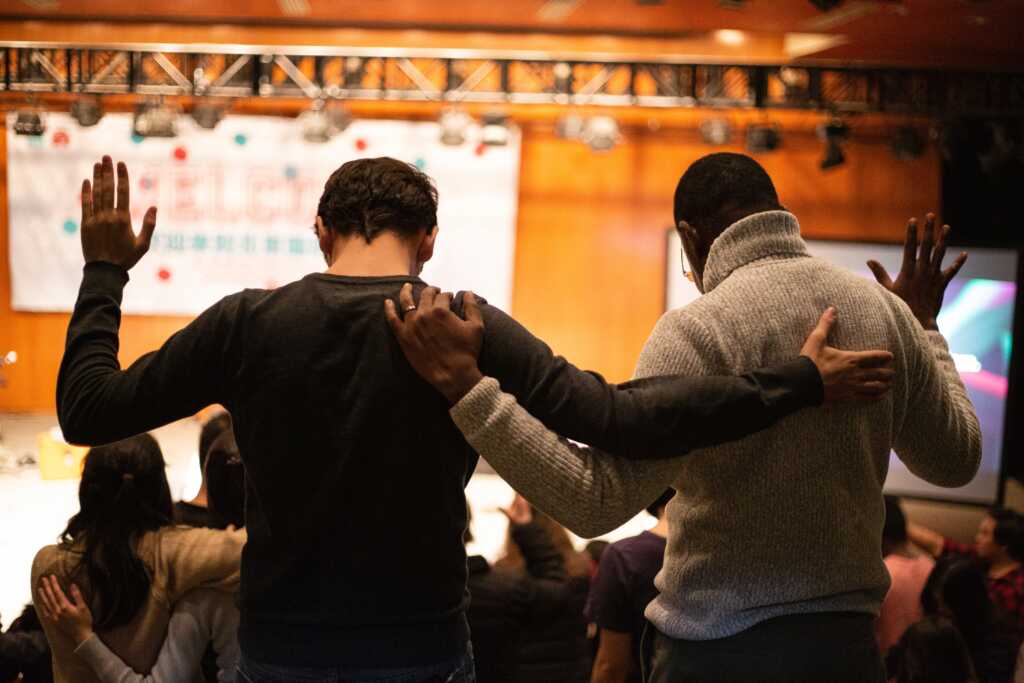After dealing with the ups and downs of the COVID pandemic for almost two years, many Christians across the country are back in the pews attending worship services once again. But just as the pandemic affected churches’ attendance and finances, it has also left its mark in a different way – some of the faithful have left the church they attended before the rise of COVID to attend a new congregation.
The pandemic propelled people toward life changes of all kinds over the past two years, including career shifts, new relationships, and relocation. And that includes new churches too.
Listen to today’s podcast and subscribe:
More than 4,000 churches closed in America in 2020. Over that same time, over 20,000 pastors left the ministry.
“One-third of practicing Christians disengaged from their congregation – just sort of stopped showing up,” David Kinnaman, president and CEO of The Barna Group, told CBN News.
A Pew survey last March revealed even though 89% of Americans mentioned one negative change in their own lives, an amazing 73% mentioned at least one positive development amid the stress and restrictions of the virus.
As CBN News reported, one positive side to the pandemic was that it fueled a spiritual hunger for 181 million Americans with millions opening a Bible for the very first time, according to the American Bible Society.
The virus restrictions which inflicted people with isolation, loneliness, and depression have also fed the desire among some Christians for more of a connection with their church.
Many new visitors to Houston Northwest Church, a Houston, Texas-based Baptist congregation, came from a large apartment complex across the street that houses mostly single adults, Christianity Today reports.
“They felt the psychological pressure of loneliness and wanted to check it out,” Senior Pastor Steve Bezner told the outlet. “They wanted to discover who God is.”
Some Christians have also decided to reexamine their overall involvement in their church, including how far they live from their local congregation. Dylan Parker and his wife realized they lived too far from their local congregation to be as involved as they wanted to be.
“Until the pandemic slowed us down, we didn’t realize the toll it took on us to live life across multiple cities,” he told the Christian magazine.
After being accepted at the Fuller Theological Seminary, Parker and his wife moved across the country to California. This led the couple to find a church they liked that was so close they could walk to worship services and even to the homes of several fellow church members.
“We already feel like we have closer and stronger community here than in Arkansas,” Parker said.
Many pastors will tell you that along with baptisms, weddings, and funerals, member turnover is just part of the natural life cycle of a church.
But the pandemic has also forced congregations to come up with new strategies on how to welcome and assimilate new members into their community. While many continue to worship online, how do you identify those who still want to be actively involved? How do you engage these members?
“Not gathering stirred up these questions,” Steve Smith, executive pastor of Highpoint Church in Naperville, Illinois told Christianity Today. “The gospel hasn’t changed, and we will always be Bible-centric, but how we engage people is changing.”
Dr. Dwayne Bond, pastor, and counselor at Wellspring Church in Charlotte, NC, told CBN News, “I think the church is doing what Jesus anticipated the church would do during affliction, which is thrive. Yes, there are some that are indeed closing. The Kingdom of God is still being advanced. Churches are still being planted. Disciples are still being made and still being encouraged in their faith.”


